Welcome to Arcos Brasil
We Sell Only The Finest Wholesale Pernambuco Violin, Viola, Cello and Bass bows from Brasil
Introduction
Although Pernambuco Wood is only known to grow in the coastal Brazilian rain forest, bowmaking in a workshop setting did not begin in Brasil until the early 70’s. Since its beginnings, this art has evolved in the northern region of the state of Espirito Santo to become today the most respected and consistently praised worldwide. Arcos Brasil was in many instances the pioneer of those positive changes. From the onset of our company in the 1996, our concerns with consistent quality coupled with beauty and playability allowed to position Arcos Brasil as the foremost producer of fine Pernambuco Wood bows. In the following pages you will be able to get more acquainted with our bowmaking process, commitment with the environment and community, and presence in the world market.
Wood Selection & Cutting
Pernambuco Wood selection is likely the primary factor in the production of fine bows. Many attempts have been made to quantify scientifically the attributes that make Pernambuco the wood of choice, however, like the fine art of making a beautiful Katana or an exquisite jewelry masterpiece, human touch and experience speaks much louder. Selection is followed by cutting the wood into bow blanks. This process is carefully carried by highly trained professionals to avoid unnecessary waste and result in blanks with the appropriate wood grain direction. The blanks are then stored and dry naturally over a span of many years.
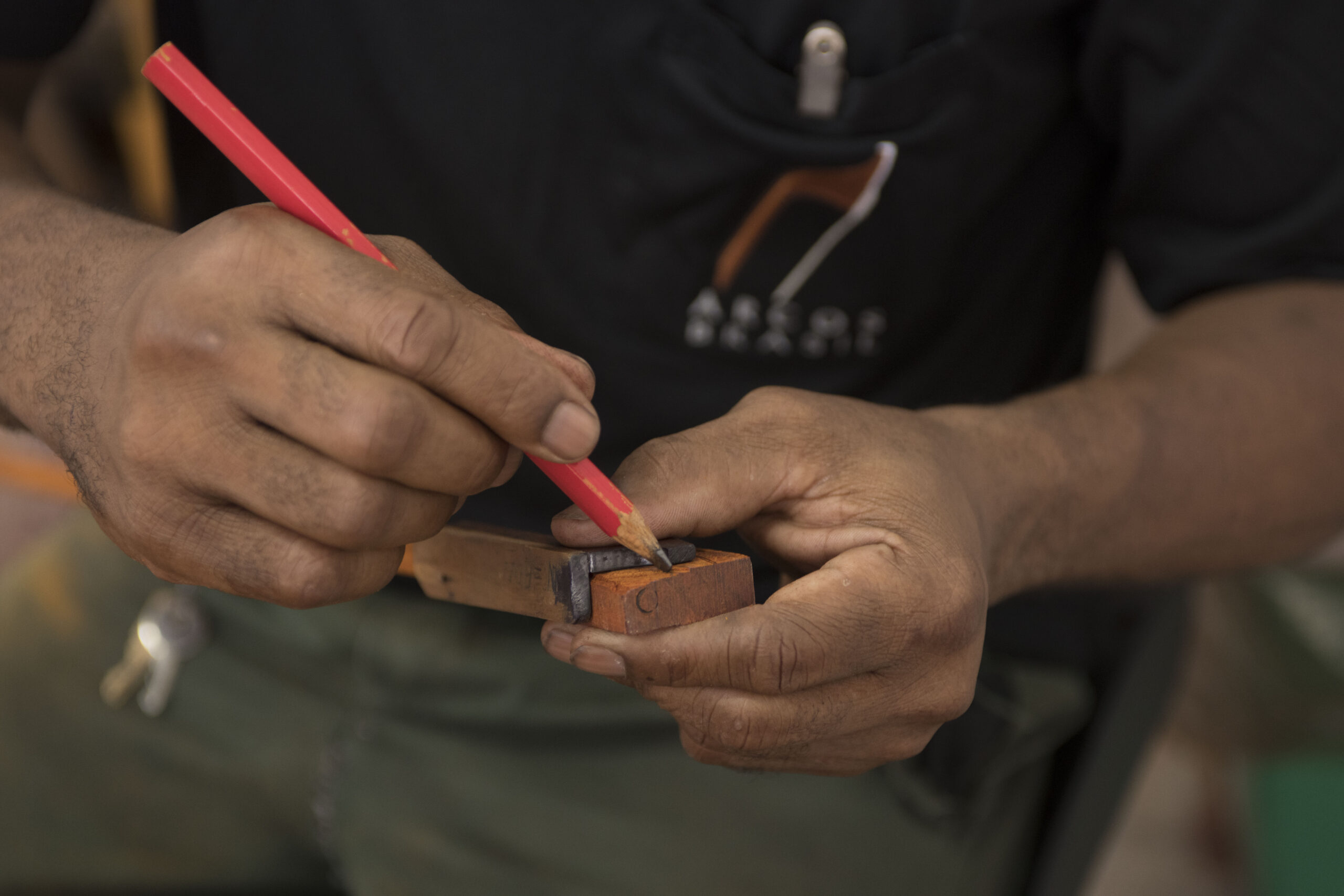
Our Artists Make Masterpieces You Can Play
Stick preparation is the key to making a great bow.
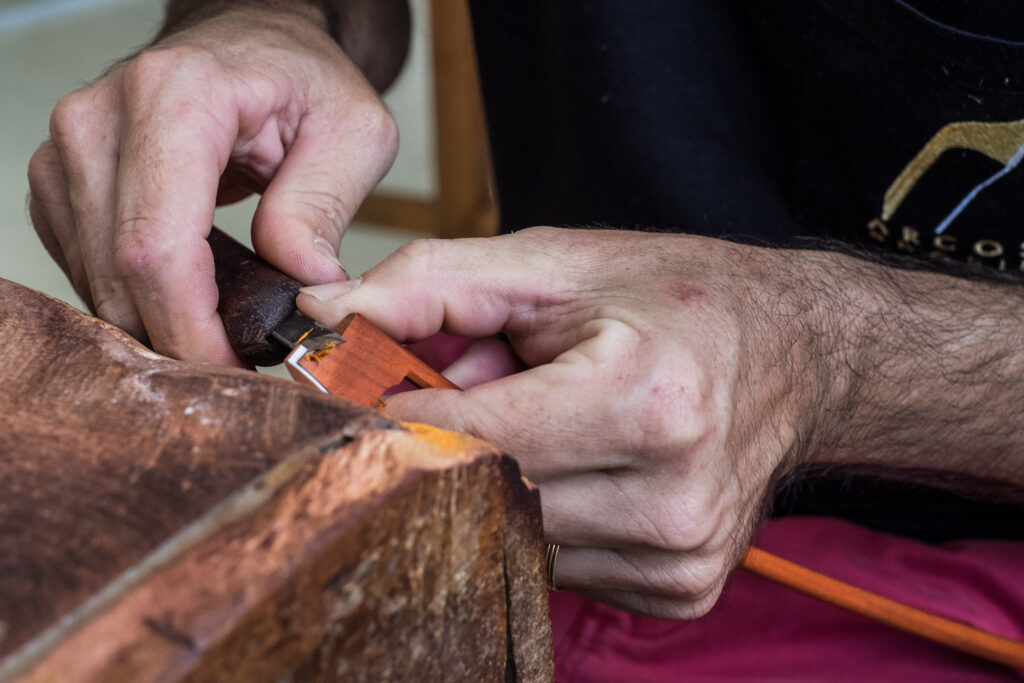
Processing the sticks is important before reaching the bowmaker’s bench. The wood goes through turning on a special lathe, has an initial rough carving and is bent to the standard camber. Here and throughout the entire making progression, the wood is thoroughly inspected for flaws or potential weaknesses. The bone tip and ebony strip are glued to the previously shaped surfaces of the head. The rough graduation and head shaping is then completed by skilled workers aspiring to become bowmakers.
Our Selection of Wood Bows
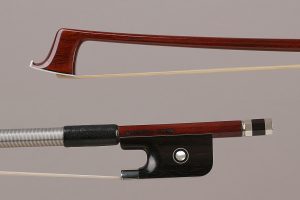
Nickel Bows
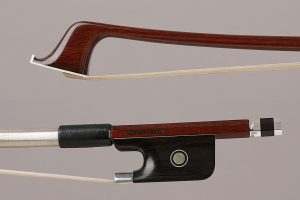
Silver Bows
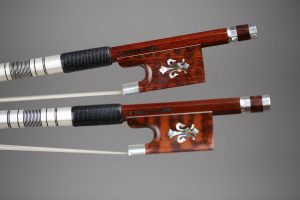
Fleur de Lys Bows
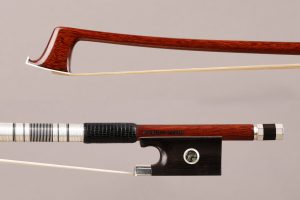
Limited Edition Bows
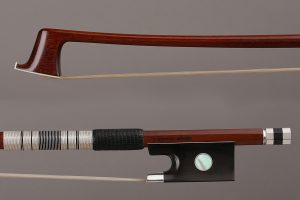
Special Edition Bows
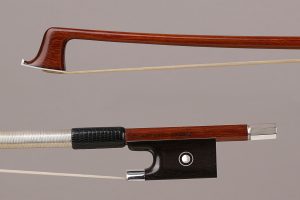
Replica Bows
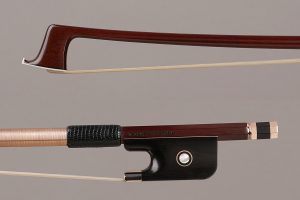
Gold Bows


